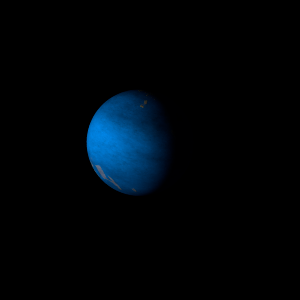|
|
Space Astro
|
Info for exoplanet "Tsukyu Ke"
| Scientific (actual) data |
|---|
| Name | K2-211 b |
| Planet status | Confirmed |
| Radius | 0.123 |
| Orbital period | 0.669558 |
| Inclination | 81.569 |
| Discovered | 2018 |
| Updated | 2021-02-05 |
| Tconj | 2457390 |
| Publication | Published in a refereed paper |
| Detection type | Primary Transit |
| Alternate names | 2MASS J01242543+0142176 b, EPIC 220256496 b, EPIC 220256496.01, WISE J012425.46+014217.6 b |
| Star name | K2-211 |
| Right ascension | 21.11° |
| Declination | 1.7° |
| Mag v | 13.07 |
| Mag j | 11.624 |
| Mag h | 11.205 |
| Mag k | 11.1 |
| Star distance | 272.297 |
| Star metallicity | 0.16 |
| Star mass | 0.88 |
| Star radius | 0.804 |
| Star sp type | G9/K0V |
| Star temperature | 5187.94 |
| Star alternate names | WISE J012425.46+014217.6, EPIC 220256496, 2MASS J01242543+0142176 |
| Wikipedia article | K2-211 b |
Back
| |
| Fictional info (?) |
|---|
| Suggested name | Tsukyu Ke |
| Planet type | Cold planet |
| It has the densest atmosphere of the known cold planets, consisting partly of ethane.
Its north and south poles, therefore, lie where most other planets have their equators. |
| Atmosphere | Ethane | 48% |
| Hydrogen deuteride (HD) | 31% |
| Ozone | 20% |
| Methane | 0.63% |
| Water vapor | 0.51% |
| Ammonium hydrosulfide (NH4SH) | 0.015% |
| Atmospheric pressure | 0.23 bar |
 |
| No known satellites |
| Google search for Tsukyu ke |
|
Website by Joachim Michaelis
|
|
|
|